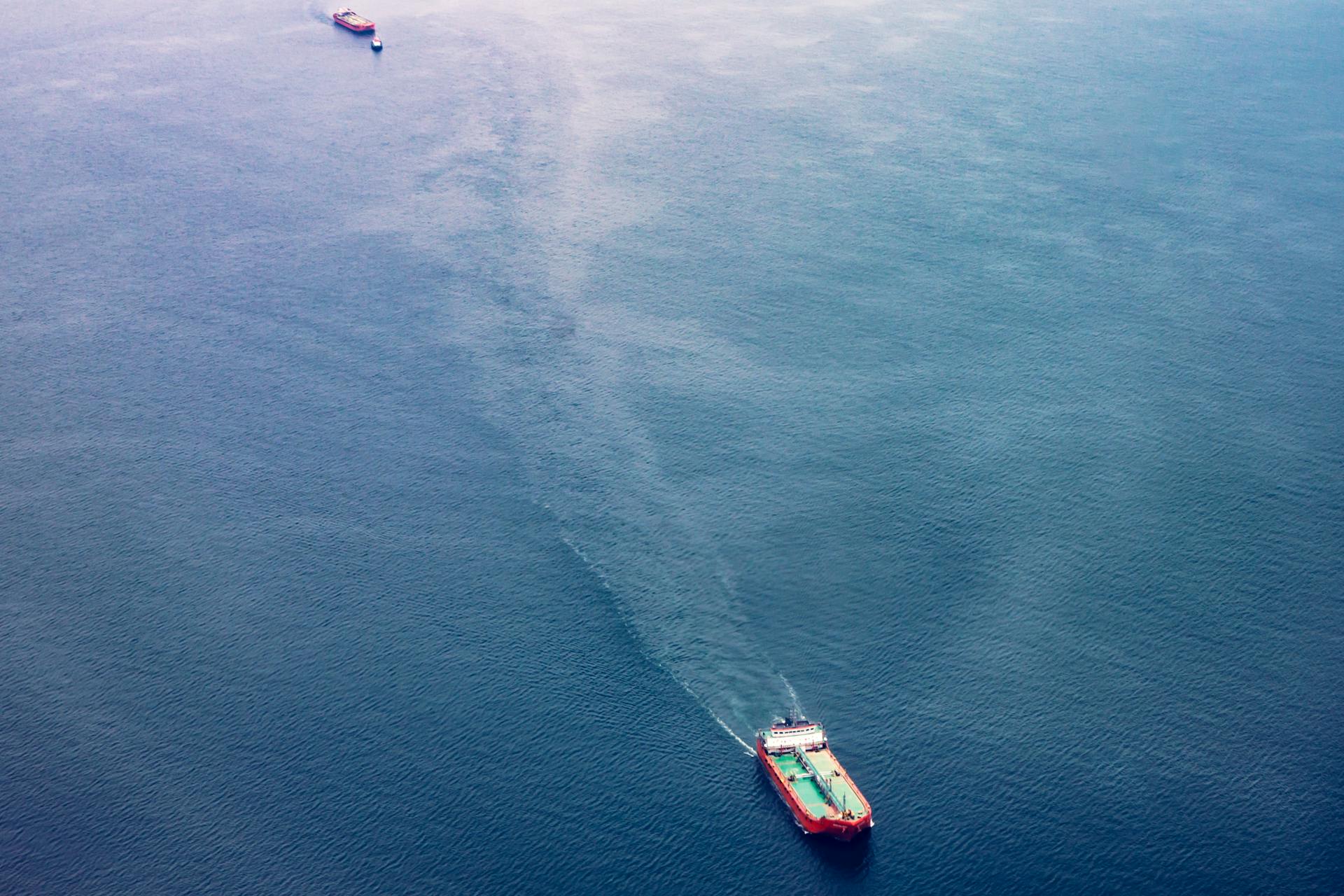Cyprus, one of the world’s leading registries alongside Malta, has been warned that seafarers’ shore leave is becoming rare, short and, in some cases, non-existent, according to a global survey of 5,879 crew members from 121 countries by the World Maritime University.
Overall, 26.7 per cent of respondents had no shore leave at all during their contract, while 68.7 per cent said they never or rarely went ashore.
For those who managed to disembark, the average was just 3.5 times per month, and only 2.2 per cent went ashore more than 15 times in total.
Even then, 93.5 per cent spent less than six hours ashore, with almost half staying under three hours.
The main reasons cited were lack of time in port, at 65.4 per cent, and heavy workload, at 53.3 per cent. In addition, high transport costs, reported by 48.6 per cent, and the remoteness of port facilities, mentioned by 44.9 per cent, were also key obstacles.
Meanwhile, restrictions from port authorities, absence of local amenities and company policies regularly curtailed opportunities to go ashore.
Some officers said ports had “found ways to deny shore leave”, either by imposing high charges or demanding bribes.
For example, one recalled being quoted $400 for transport to the port gate, while others described cigarettes, alcohol or cash being requested in exchange for shore passes.
Even where permission was granted, some said port security blocked exit unless authorised transport was paid for.
The report includes stark personal accounts. “I haven’t taken shore leave during my contract,” said an officer from Turkey serving on a tanker for four months.
Another officer from India, on board a tanker for just a month, said he had “never went ashore in last 10 years”.
A Philippine officer on a dry bulk vessel noted there had been “no chance to go ashore after the pandemic”, while another Indian officer said his last shore leave was in 2017.
A US rating reported being “onboard the vessel without shore leave for over 60 days”. A Greek deck officer on a tanker for two months added that shore leave was “allowed only if time permits”.
Furthermore, other testimonies reinforced the findings. A Ukrainian officer on a bulk carrier said shore leave was “banned completely by the company”, despite most ports having lifted restrictions.
Similarly, a Russian deck rating recalled “waiting for the port agent to arrange a pass, but nothing happened until departure”.
In contrast, an Indian engineer on a container vessel said that “shore leave was theoretically possible but the workload was too much to make use of it”.
Access also varied significantly by vessel type.
Offshore vessels had the highest proportion with no shore leave at 40.8 per cent, followed by tankers at 37.3 per cent and bulk carriers at 30.7 per cent.
By comparison, passenger ferries and cruise ships recorded the lowest rates, at 5.4 per cent and 3.2 per cent respectively.
Rank and department differences were also evident. Thirty per cent of officers reported no shore leave, compared with 20.3 per cent of ratings. Notably, deck officers were most restricted, while galley staff were most likely to disembark.
Regionally, Asia recorded the highest rates of no shore leave at 31.8 per cent, compared with 22.5 per cent in Europe and 20.9 per cent in the USA.
The welfare implications were clear. More than half of respondents worked over 74.9 hours a week, while only 7.4 per cent worked 48 hours or less.
As a result, those without shore leave were far more likely to report fatigue, stress, loneliness and deteriorating mental health.
“Shore leave should be made compulsory for seafarers irrespective of rank and responsibilities. The shore leave for seafarers should also be part of KPIs; this will push management to send seafarers for shore leave,” said an officer from India.
Others warned that without meaningful breaks ashore, experienced crew would leave the profession early.
For Cyprus, which the report notes alongside Malta as a leading international registry, the findings are part of a wider global picture.
The study calls for coordinated action by governments, port authorities, shipowners, managers, agents and welfare providers to remove the main barriers, including high transport costs, remoteness of ports, restrictions by authorities and lack of time.
Crucially, it adds that better access to amenities and simpler shore pass procedures are linked to higher crew welfare. Without such action, the decline in shore leave will continue.







Click here to change your cookie preferences